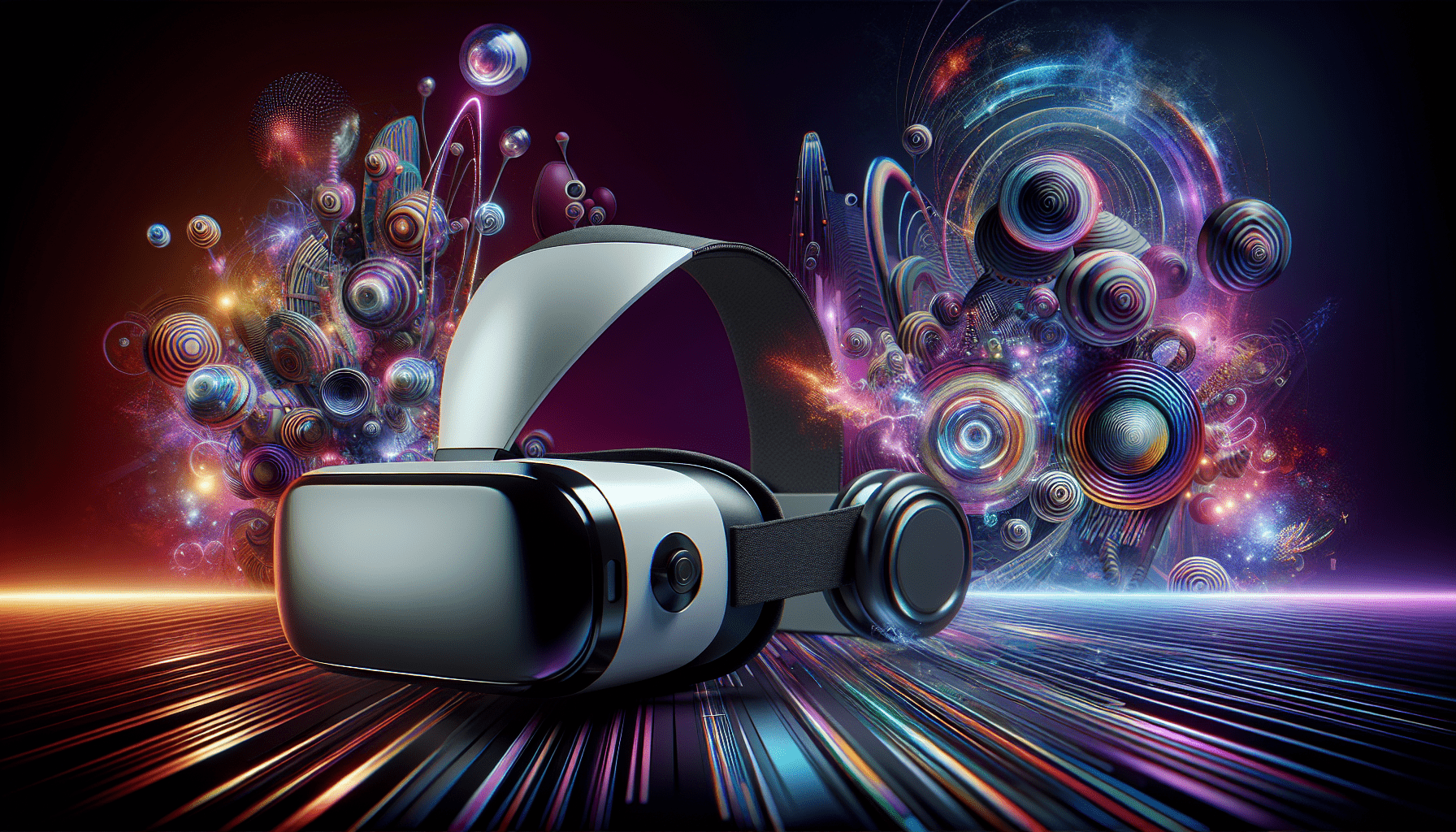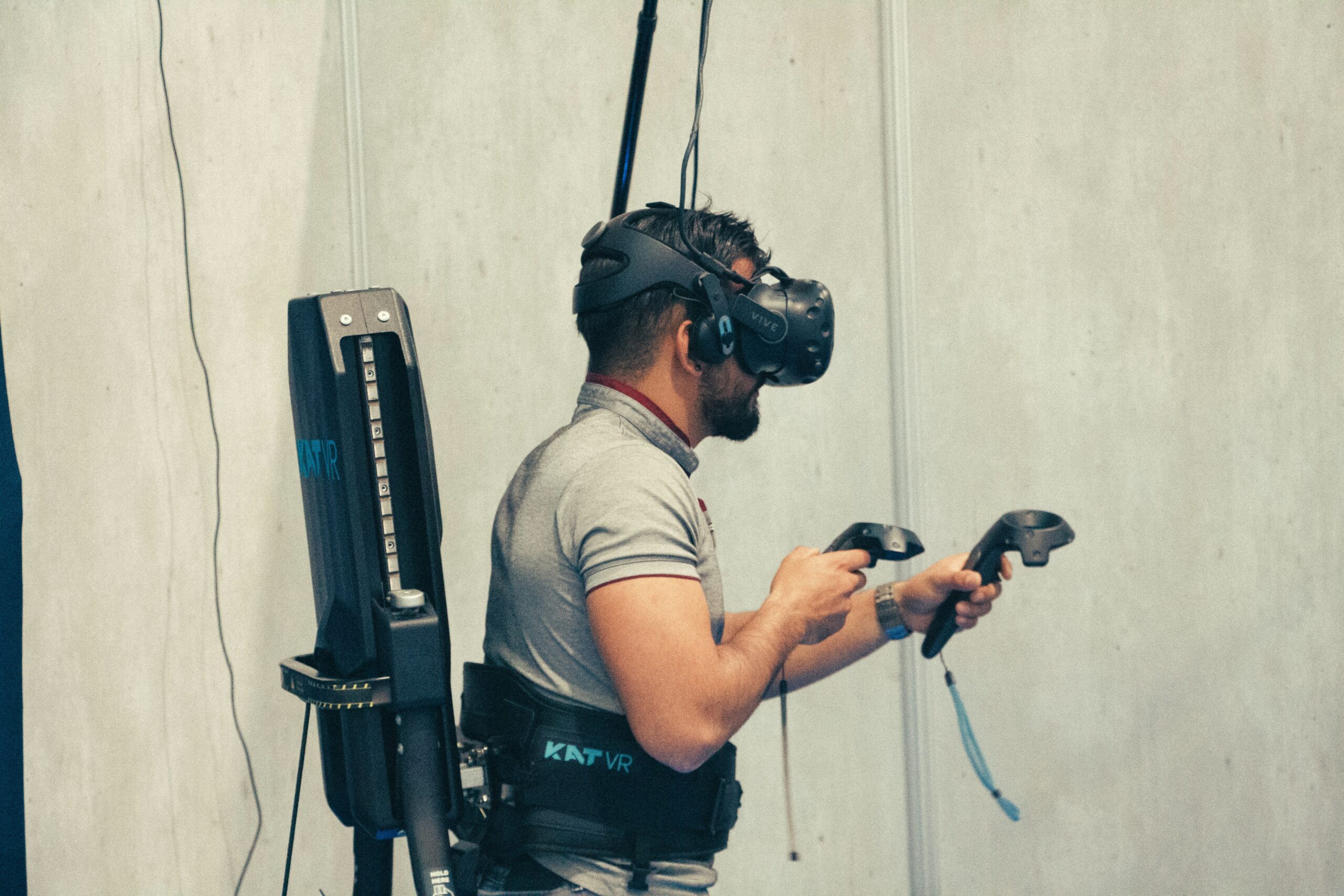Welcome to “Virtual Reality: An Introduction”! In this captivating guide, you’ll dive into the fascinating world of virtual reality (VR) and discover practical uses that go beyond gaming and entertainment. From revolutionizing education with immersive learning experiences to transforming healthcare with innovative treatment methods, VR is opening up endless possibilities. You’ll explore how this cutting-edge technology is already enhancing various industries and sparking a wave of creativity and innovation. Get ready to embark on a journey through the exciting landscape of virtual reality and uncover how it can enrich your everyday life! Have you ever imagined stepping into another world without leaving your room? Imagine exploring new environments, trying on new identities, and even solving complex problems by merely donning a headset. Welcome to the fascinating world of Virtual Reality (VR). By the end of this guide, you’ll have a comprehensive understanding of what VR is, its practical uses, and why it has taken various sectors by storm.
$30 off $400+ Anycubic Products with code AC30OFF
What is Virtual Reality?
Virtual Reality (VR) is a simulated experience that can be similar to or completely different from the real world. It typically involves the use of a VR headset that immerses the user in a computer-generated environment.
Basic Components of VR
To truly grasp how VR works, it’s important to understand its primary components:
- Headset: This device, often equipped with sensors, tracks your head movements to adjust the display accordingly.
- Controllers: Handheld devices that detect your arm and hand movements.
- Sensor Units: These can be external or built-in to detect room-scale motion.
| Component | Function |
|---|---|
| Headset | Immerses you in the virtual environment |
| Controllers | Allow interaction with the virtual world |
| Sensors | Track your movements to render the virtual space |
History of Virtual Reality
Believe it or not, the roots of VR can be traced back to the 1960s. Pioneers like Ivan Sutherland created the first head-mounted display system, which was revolutionary for its time.
Evolution Over the Years
- 1960s: Early conceptualizations and crude models.
- 1990s: Introduction of VR in gaming arcades with limited success.
- 2000s: Advances in computing power rekindled interest.
- 2010s-2020s: Mass adoption with products like the Oculus Rift and HTC Vive.

Buy Photon Mono M5 Get Free 1KG Resin
Practical Uses of Virtual Reality
VR is not just for gaming. Its applications span many fields, offering practical solutions to real-world problems.
Healthcare
In healthcare, VR serves multiple functions, from training surgeons to helping patients with physical therapy.
Training and Education
Med students can practice surgical techniques in a risk-free virtual environment. This hands-on experience is invaluable.
Therapy and Rehabilitation
VR can assist in physical and psychological rehabilitation. Programs like cognitive behavioral therapy (CBT) use VR for treating phobias and PTSD.
Education
Remember those boring history classes? With VR, you can visit ancient Rome or the surface of Mars without leaving your classroom seat.
Virtual Field Trips
Teachers can take students on virtual field trips to historical sites, museums, and more.
Interactive Learning
Subjects like Physics and Chemistry become incredibly interactive. Visualize and manipulate atoms or walk inside a DNA double-helix.
Training and Skill Development
Whether it’s firefighters practicing rescue missions or factory workers undergoing machinery operation training, VR offers a safe and controlled environment.
Corporate Training
Companies use VR for employee onboarding and training, especially in hazardous fields.
Soft Skill Development
VR can simulate difficult conversations for customer service training or help enhance public speaking skills.
Real Estate
Buying a home? VR offers virtual tours, allowing you to walk through potential properties from the comfort of your current residence.
Entertainment and Gaming
Of course, we can’t skip the impact of VR on entertainment and gaming. From immersive video games to virtual concerts, the entertainment sector has fully embraced VR.
Gaming
Games like Half-Life: Alyx and Beat Saber provide unprecedented levels of immersion and interactivity.
Virtual Theaters and Concerts
Platforms like Oculus Venues let you enjoy concerts and movies in a virtual theater, making you feel like a part of the audience.
Social Interaction
Platforms such as VRChat offer virtual social spaces where you can meet and interact with people from around the world.
| Use Case | Example Application |
|---|---|
| Healthcare | Surgical training, rehabilitation |
| Education | Virtual field trips, interactive learning |
| Training & Skill Dev. | Corporate training, soft skill enhancement |
| Real Estate | Virtual property tours |
| Entertainment & Gaming | Immersive video games, virtual theaters |
| Social Interaction | VRChat |
Future Trends in Virtual Reality
The future of VR looks incredibly promising, driven by advancements in technology and increased adoption.
Improved Hardware
Expect VR headsets to become more comfortable, lighter, and more affordable. Improvements in display technology will offer even more immersive experiences.
Software Development
As developers become more familiar with VR, we can anticipate richer and more diverse VR applications.
Increased Accessibility
Higher competition and innovation will likely make VR more accessible to the general public.
Integration with AI
Artificial Intelligence can enhance VR environments, making them more dynamic and adaptive to the user’s preferences and behaviors.

Challenges and Considerations
Despite its potential, VR has its set of challenges that need addressing.
Health Concerns
Extended use of VR can lead to issues such as eye strain and dizziness. Developers are continually working to mitigate these issues.
Privacy and Security
As with any internet-connected device, privacy and security are crucial. VR systems can collect a lot of personal data, and safeguarding this information is paramount.
Ethical Considerations
As VR becomes more immersive, the ethical implications of simulated experiences come into play. For example, how do we deal with virtual crimes or inappropriate behavior?
Economic Barriers
Currently, high-quality VR systems can be expensive, putting them out of reach for many people.
Conclusion
Virtual Reality is revolutionizing the way we interact with digital content. From healthcare to education, its practical uses are virtually limitless. As technology continues to advance, VR will likely become an increasingly integral part of our daily lives. So why not take the plunge and explore this amazing, immersive world?
Ready to jump into VR? Whether your interests lie in gaming, education, or professional development, there’s something in the virtual world waiting for you.
$30 off $400+ Anycubic Products with code AC30OFF




